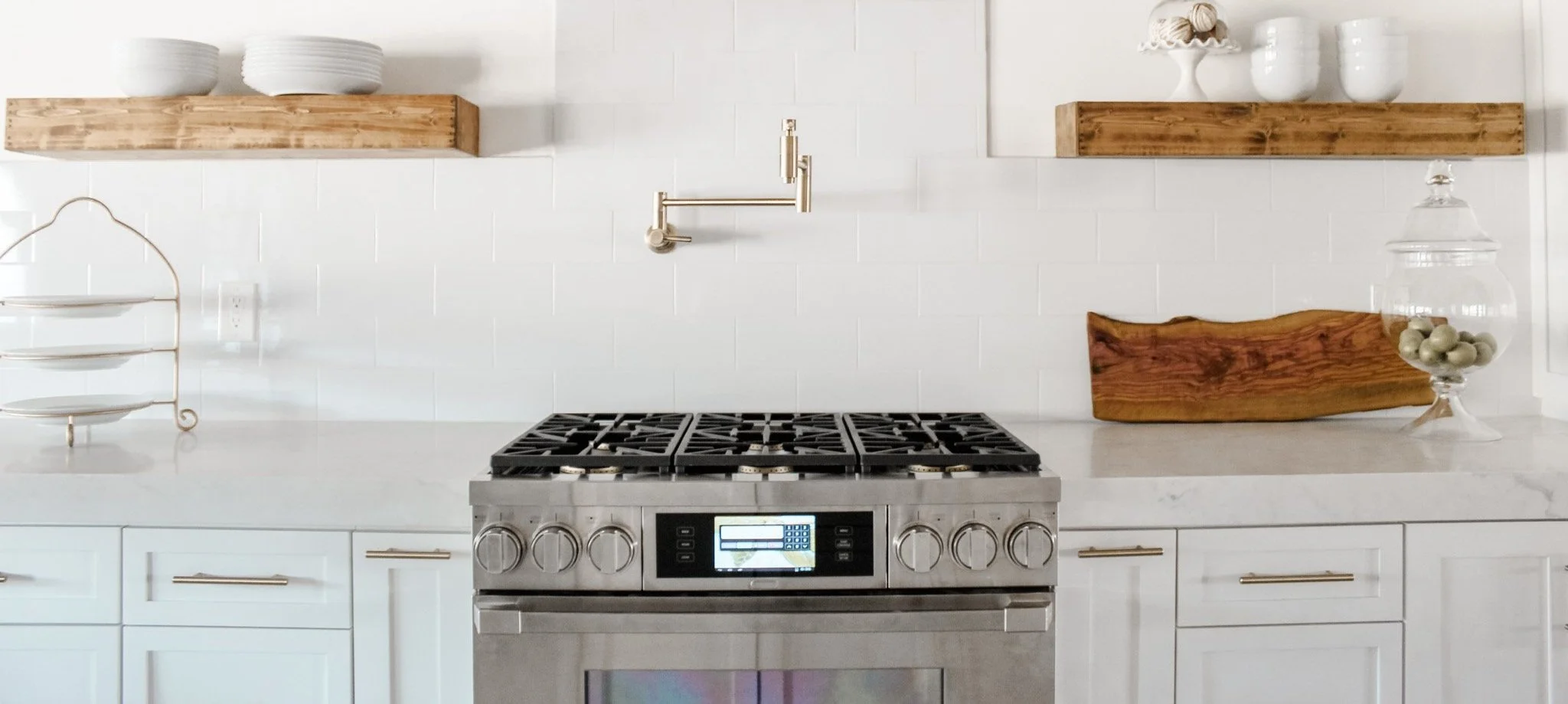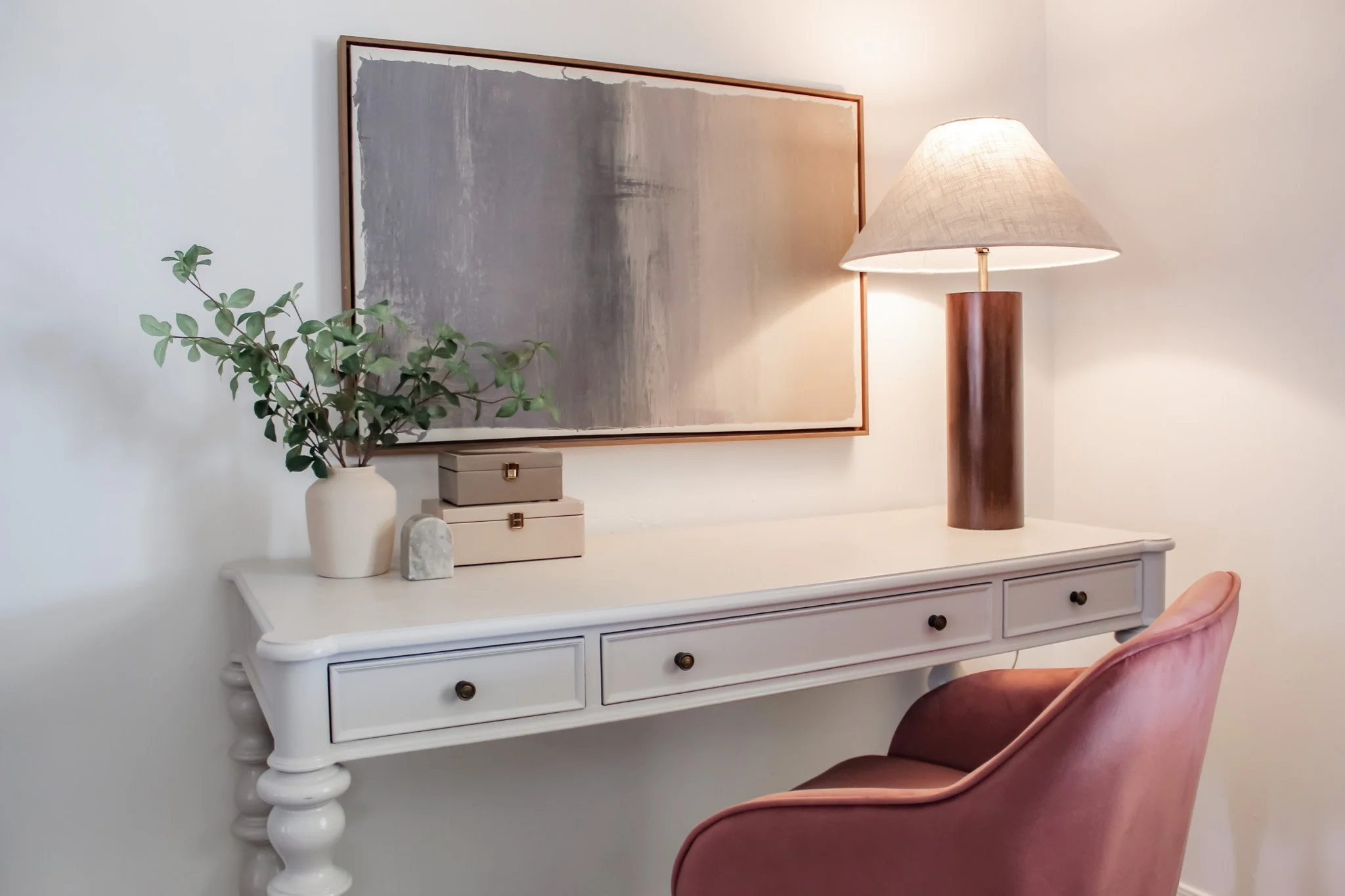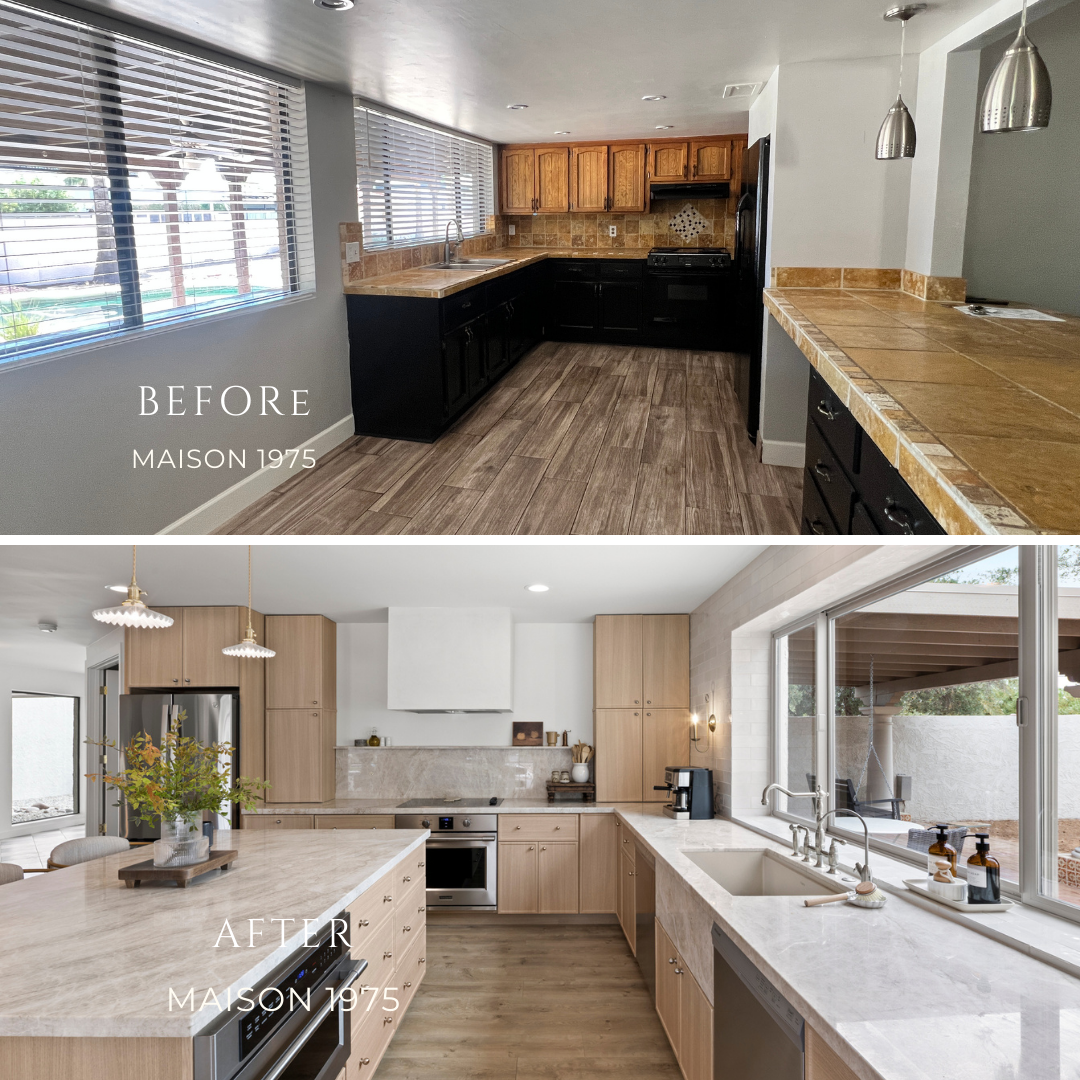What an Interior Designer Does (That You Can’t Get From Pinterest)
Introduction:
The rise of DIY content online—Pinterest, Instagram, TikTok—has inspired countless homeowners to try their hand at design. Beautiful images, clever hacks, and curated rooms can feel irresistible. But there’s a major gap between inspiration and execution. While a picture can spark ideas, it can’t account for your unique space, lifestyle, or challenges. That’s where a professional interior designer steps in: turning inspiration into functional, beautiful, and personalized homes.
1. Custom Design, Not Copy-Paste
Designers create spaces just for you. Pinterest boards show trends, but not solutions tailored to your life.
Personalized Planning:
A designer begins by understanding your lifestyle: how you live, work, entertain, or relax. Do you host family dinners every weekend? Do you work from home? Have children or pets? These details shape layouts, furniture choices, and finishes.
Solving Real-Life Challenges:
Pinterest won’t warn you if your dream sectional won’t fit through the doorway or if your trendy open shelving will be a dust trap with cats or kids. Designers anticipate these issues and provide practical, stylish solutions.
Example: One client loved a minimalist Pinterest-inspired bedroom. However, with a large wardrobe and many display items, a strict minimalist setup would have created frustration. We implemented sleek built-in storage and display nooks—preserving the minimalist feel while making the space functional.
2. Balancing Form and Function
A room isn’t truly beautiful unless it works for the people who live there.
Traffic Flow & Comfort:
Designers ensure furniture placement supports natural movement through a room. They balance aesthetics with functionality, making spaces cozy, practical, and elegant.
Durability & Lifestyle Considerations:
For busy households, materials and finishes must stand up to real life. Kids, pets, or frequent entertaining influence design decisions—something a Pinterest board can’t account for.
Tip: Always consider how you live before prioritizing looks. Designers integrate form and function, so your home feels effortless.
3. Sourcing Like a Pro
Designers have insider access that most homeowners don’t.
Unique & Quality Pieces:
From bespoke furniture to vintage finds, designers know where to source items that aren’t available online. Your home feels curated, not copied.
Trade-Only Access:
Many furnishings, fabrics, and finishes are available only through industry channels. Designers leverage these connections to create one-of-a-kind interiors.
Smart Budgeting:
Designers guide where to splurge (durable sofas, custom cabinetry) and where to save (accent pieces or décor), ensuring your money goes further without compromising style.
4. Design Strategy and Space Planning
A home is more than a collection of objects—it’s a system.
Big-Picture Thinking:
Designers create comprehensive plans including furniture layouts, lighting strategies, color palettes, and elevations. They anticipate how rooms connect and flow.
Preventing Costly Mistakes:
Scaled drawings prevent issues like oversized furniture, blocked walkways, or awkward focal points. Pinterest snapshots can inspire, but only a designer ensures the space works as a whole.
Example: A client wanted an open-concept kitchen with an oversized island. We adjusted the layout to maintain natural flow, while keeping the island functional for cooking and entertaining.
5. Material Knowledge and Finishes
Not all materials age well—Pinterest trends can mislead.
Avoid Fads:
Designers help homeowners choose finishes that endure, avoiding styles that look dated after a few years.
Durable Materials:
From wood to stone, linen to wool, designers know what works best for your climate, lifestyle, and daily wear.
Storytelling Through Materials:
Using high-quality materials adds character, comfort, and timeless appeal—elevating the space beyond what a pin can show.
6. Managing the Process Start to
Finish
Behind every polished room reveal is meticulous coordination.
Project Management:
Designers oversee contractors, installers, and vendors. They manage timelines, deliveries, and budgets so you don’t have to.
Troubleshooting:
From damaged shipments to last-minute design adjustments, designers solve problems before they reach you.
Styling & Finishing Touches:
Designers ensure the space looks complete and polished, from furniture placement to décor accents.
Pro Tip: Pinterest shows results, but designers navigate the messy middle, making transformation stress-free.
Interior Designer vs. Pinterest: What Actually Works?
Conclusion
A Pinterest board can inspire you—but only a designer brings it to life. Interior designers combine personalized planning, functional layouts, curated sourcing, material expertise, and project management to create a home that is beautiful, practical, and truly yours.
Your dream space isn’t about copying trends—it’s about creating a home that reflects your lifestyle, personality, and priorities, now and for years to come.
Questions?
We’re an open book! Schedule a call or fill out the inquiry form below if you’re ready to start.
If you’re not ready, save this blog post for when you are!







